Following on from my articles Six Core Hunting Skills (Vol 41, Issue 4) and How Is More Important Than Where (Vol 41, Issue 6), I’d like to float some ideas to you on the two extremes of hunting and the techniques needed to be successful in each. In New Zealand, deer have found many areas that suit their needs, from lowland forests to the epic high country of the Southern Alps. As a hunter, being adaptable to these different terrains will increase your chances of a trophy and a full freezer.
OPEN COUNTRY
Walk a Little, Look a Lot
This is a good mantra for hunting anywhere but particularly for open country stalking; my good friend and hunting mate Hooky was taught this from his koro when learning at a young age, and it’s been the cornerstone of his hunting over the decades. Seeing the animal first gives you an immediate advantage. It allows you to plan your stalk carefully, assessing the wind and animal movements – for example, around a bed-down or feeding area.
Also, a deer’s eyesight isn’t its most developed form of defence against hunters; however, they do pick up movement well, even at extended range. As stated in my previous articles about cautious deer, you’ll get one chance, or maybe two, where the deer will be unsettled before it moves off or flees. Seeing movement at distance will create the first strike; one more strike and the deer is gone – or close to it.
If you know through sign or previous experience that there are deer in the area, ensuring you spot the animal before it sees you is the key factor for success – if your wind is good.
What the Heck Is That?
Spotting animals at distance takes a bit of practice, some good optics and a bit of luck.
A lot of the time, you’ll see movement first, and that’ll draw your attention the same way it does the deer’s. If the object you’re looking at is an animal and it’s not moving at all, 90% of the time, it isn’t a deer … often, it’s some scrub or tree stump doing a good impression. On rare occasions, it’ll turn out to be a bedded down animal, but even one that’s resting will still scratch and bite itself and move its head.
If you cannot identify the object, make a mental note of its whereabouts, its colour and shape; glass some other areas, then come back to it and note if it’s moved at all. This technique has helped me with countless ‘potential animals’.
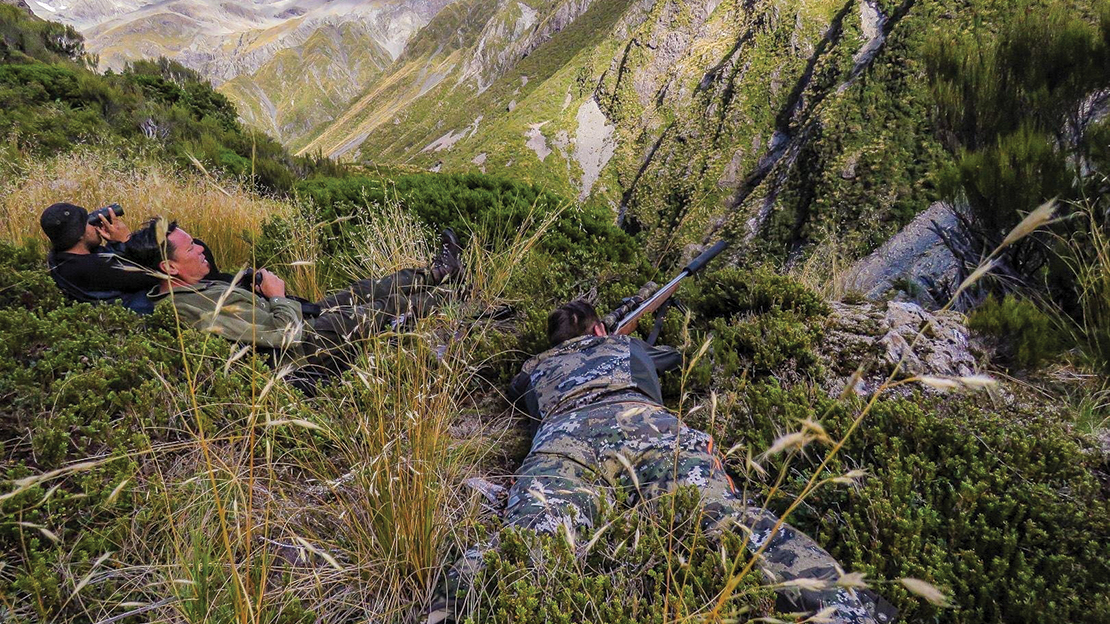
Timing is Everything!
When the animals are bedding down through the heat of the day, you can move more freely in open ground; however, the closer you are to first or last light, the more carefully you should be moving. Ideally, you’re in your best spot seated and glassing as the deer in general are becoming more active. After a cold night, you may find the deer feed longer in the morning than they would normally. Try to plan your hunt to maximise your glassing at these peak times.
Roaring in the Open
Before you roar, think about what position a deer will roar or approach from; make sure you have good observation over any dead ground where a deer might sneak in close and get the jump on you. Many times in open areas in the Tongariro Region and the Central Plateau tussock, I found sign where a stag had moved in towards me but from a direction I couldn’t see; try to have these areas covered.
Recently in the Tongariro National Park, I missed a big, splay-toed, 11-point stag I’ve been chasing for a few years; he’s on his way down now, in terms of condition, but he’s still a lovely trophy. On this day, I got lazy and plonked myself down on a knoll to roar. I was in Splay Toes’ area, so I was hopeful; once I roared, I sat back to wait. After ten minutes, I heard some hoof beats behind me. I pushed my way through the scrub to get eyes on where the sound had come from, and lo and behold, all I found was Splay Toes’ distinctive hoofprint running down the creek bed. If I’d thought about my position a little more, I would’ve realised much of the best area for his approach was in dead ground behind me. An important lesson. Splay Toe lives on!
Once you’ve roared, it’s time to listen – sit, be patient and try not to ‘over roar’. Remember, younger satellite stags are the most likely ones to come in to a roar – but not always. Plenty of good trophies have been taken when a big stag has felt the need to protect his territory or perhaps see if he can exploit a weaker stag. Just remember when you roar, the focus of any animal in the area is you!
Even in open country, the stag action and groupings of animals are still going to be centred around cover; small patches of beech or manuka can become hives of activity. If the stag is entrenched in a patch of cover and is roaring well but not moving, it’s most likely he won’t move. Why would he? He has ground advantage, and he has hinds; he has no reason to leave this cover to chase you! In this situation, you must stalk into his home turf. If there are two of you, this is ideal, as one can roar and the other watch to see if he spooks. Make sure your wind is good, and good luck with getting past his hinds!

TIGHT BUSH
Optics Are Your Friend
Bush is often a confusing mess of angles, dappled light shafts and shadows, but we all usually carry something that’s wholly underutilised in these situations, and that’s some form of optics. Trust me, whether it’s a set of low-power binoculars or even a 2-4x power laser rangefinder, it’ll help you identify deer in the bush at a much greater distance than you can with the naked eye. For me, my Leupold Rangefinder does the trick.
Bush Bash for the Win?
In my previous article, I mentioned not spending too much time stalking slowly through unproductive tracts of bush, which is good advice; however, there’s another bush-hunting technique that’s not often talked about, and that’s speed hunting.
It’s not a technique I use, but I know several hunters who stalk bush fast and loudly compared to the more common ‘bush ninja’ style. These speed hunters will often spook deer but hopefully get a shot at the animal, as a confused deer will often move past or near the hunter. When I quizzed the most successful speed hunter I know about this technique, he advised their theory is that the bush is often very noisy, and animals are most likely to run into other animals in the bush – not hunters. Therefore, noise is not necessarily your enemy.
Patience Is a Virtue
Moving through any type of bush can be exhausting, so be aware of the state of your own body and mind as you stalk. If you become overly tired, hungry, dehydrated, or are losing focus and getting frustrated, take a break. Sit, have some food or drink, and don’t rule out an afternoon nap! Sure, on many hunts, you may have a lot of ground to cover, but thrashing yourself to bits in some of NZ’s toughest bush won’t do you or your strike rate any favours. Remember, you cannot ever beat the bush, so there’s no point getting angry with it.
Take a break if it’s getting on top of you.

Summary
As you’ll have read, there are many aspects to hunting with differing techniques and skills to learn and develop; the suggestions I make work for me, but you’ll find your own way and style as you progress. I’m better at some skills than others, but I have confidence that no matter what area I’m in, I have the tools to successfully hunt game animals.
There are many ways to become a good deer stalker and many types of terrain to hunt in, so watch, listen and learn from others as well as from your own experiences.

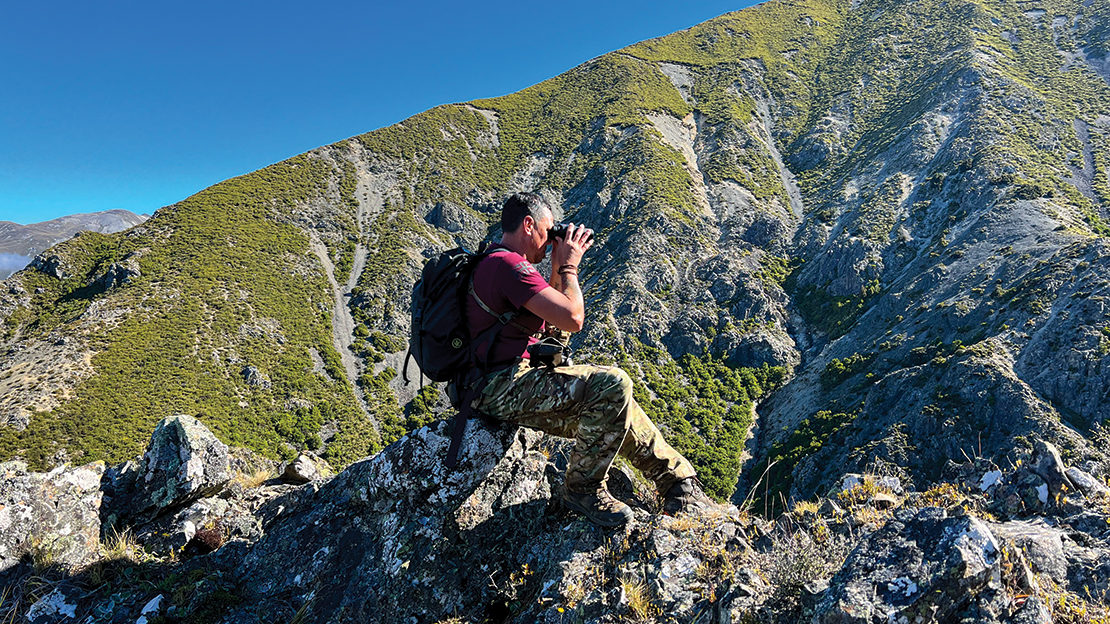
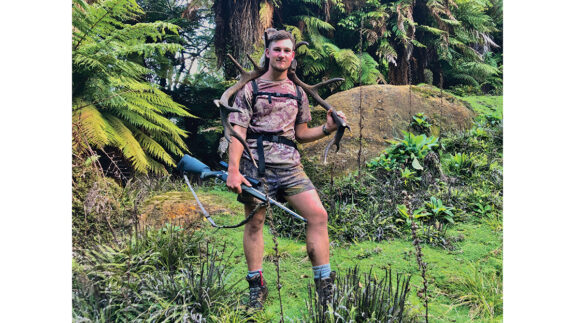
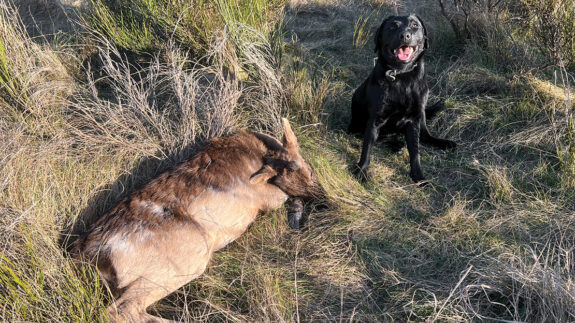

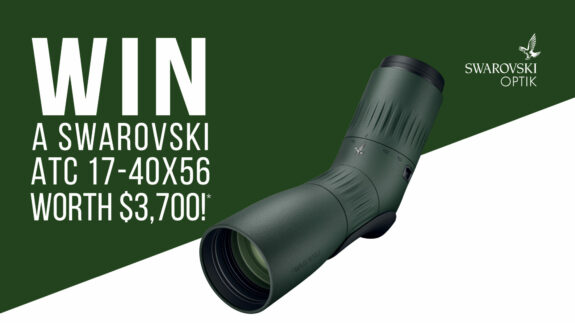
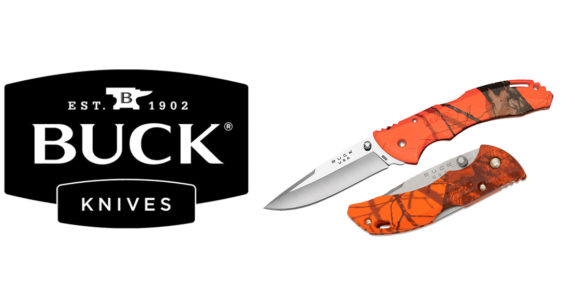
SHARE YOUR BEST PICS #NZRODANDRIFLE